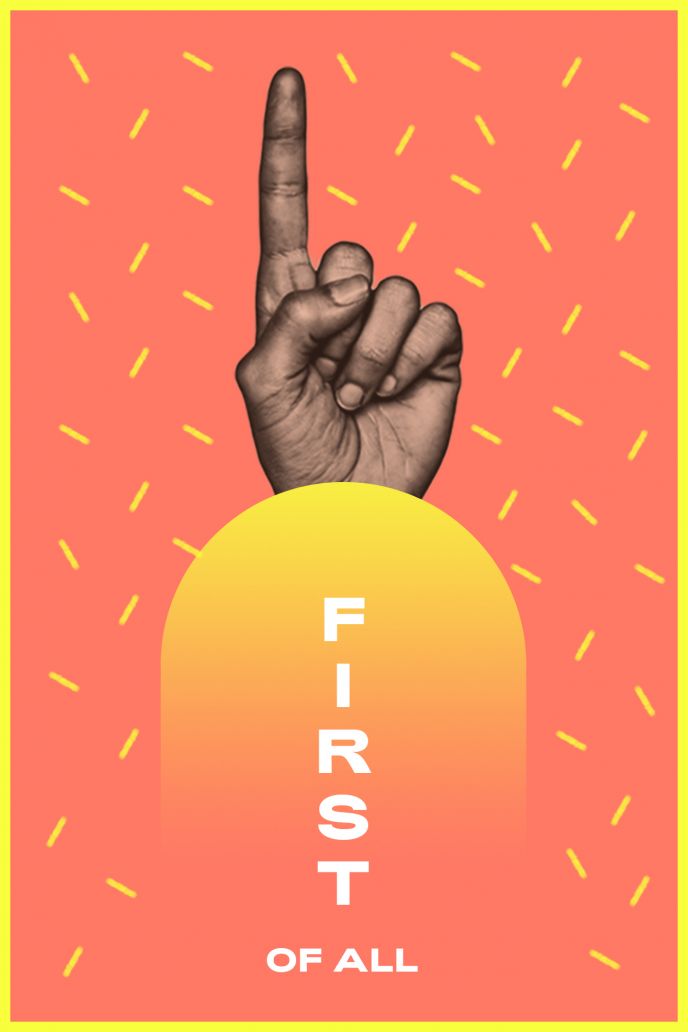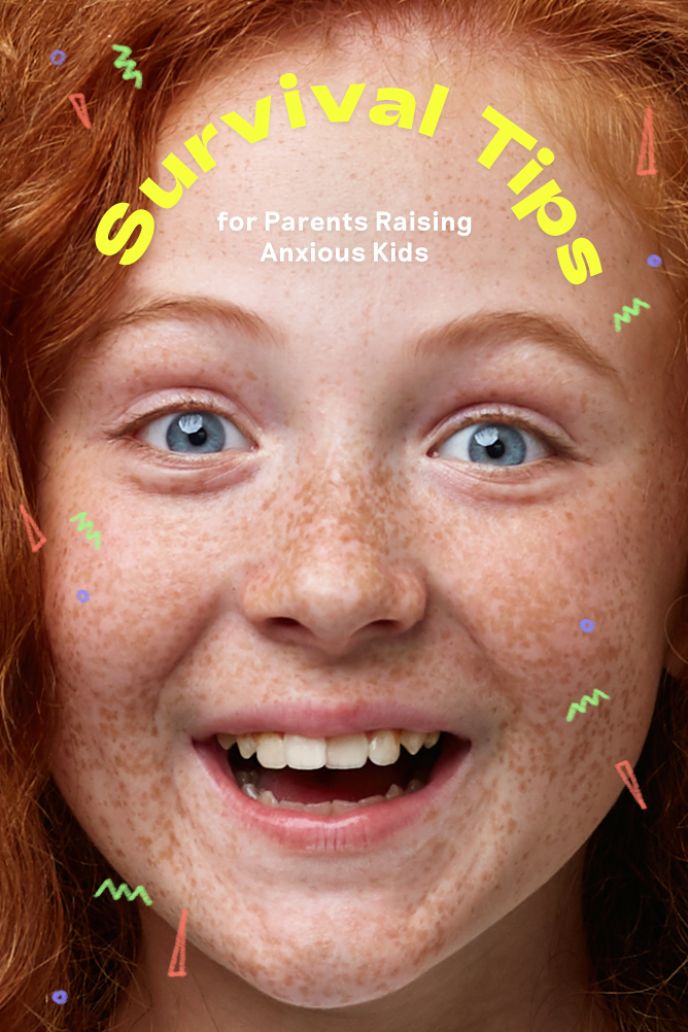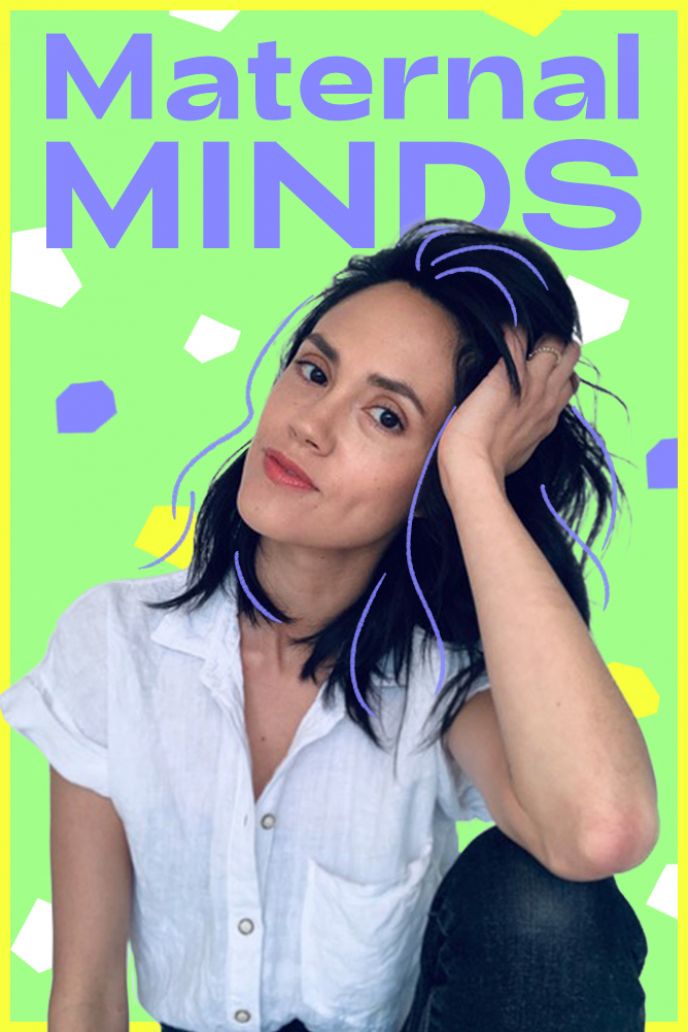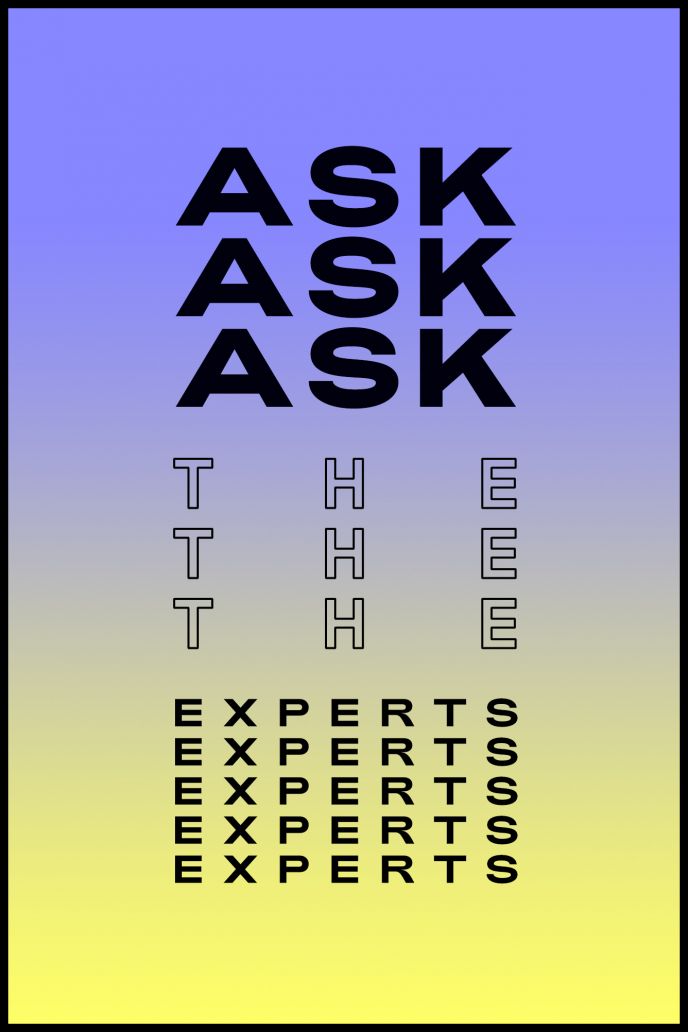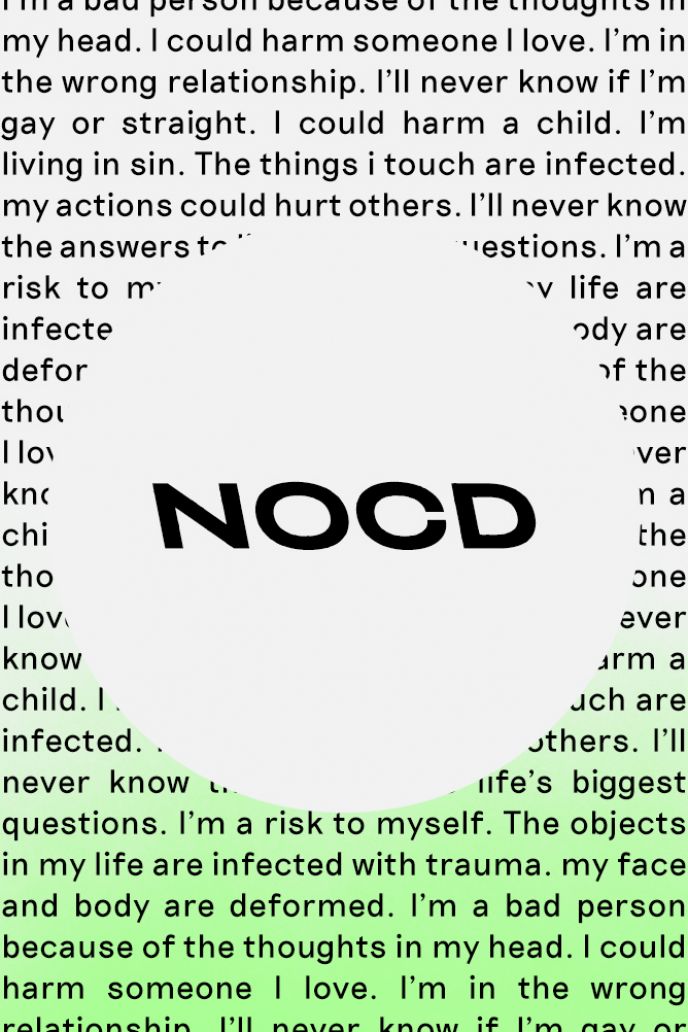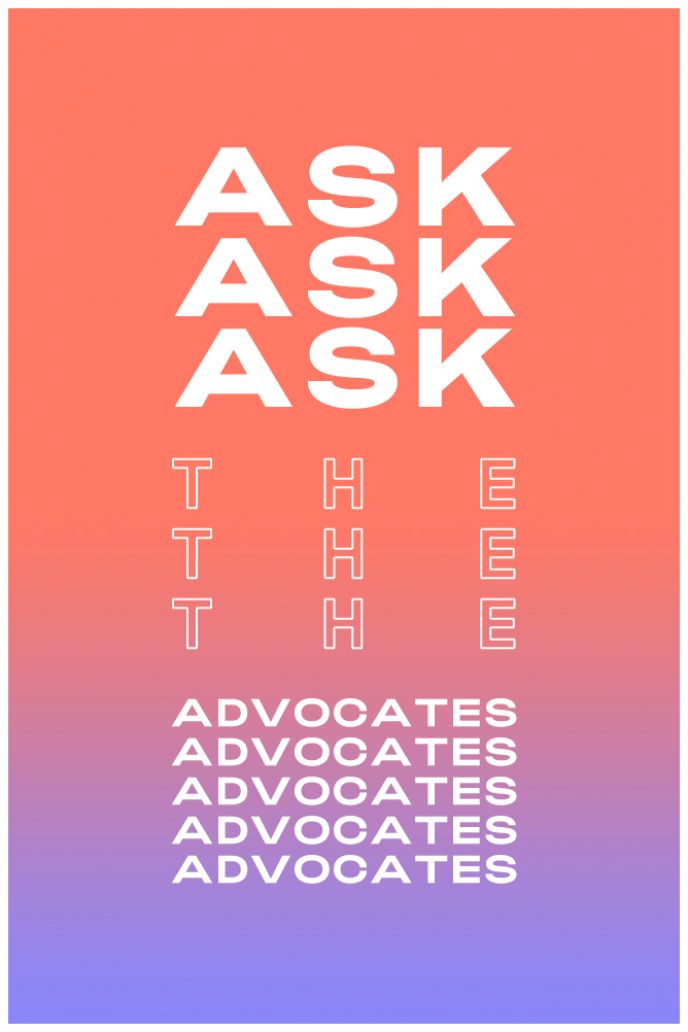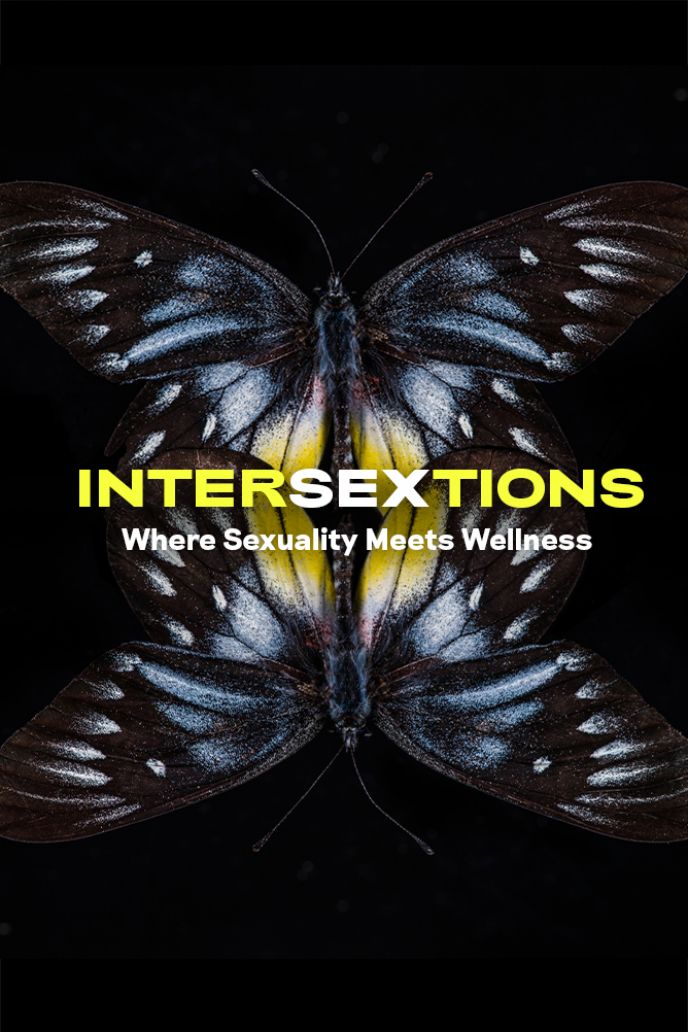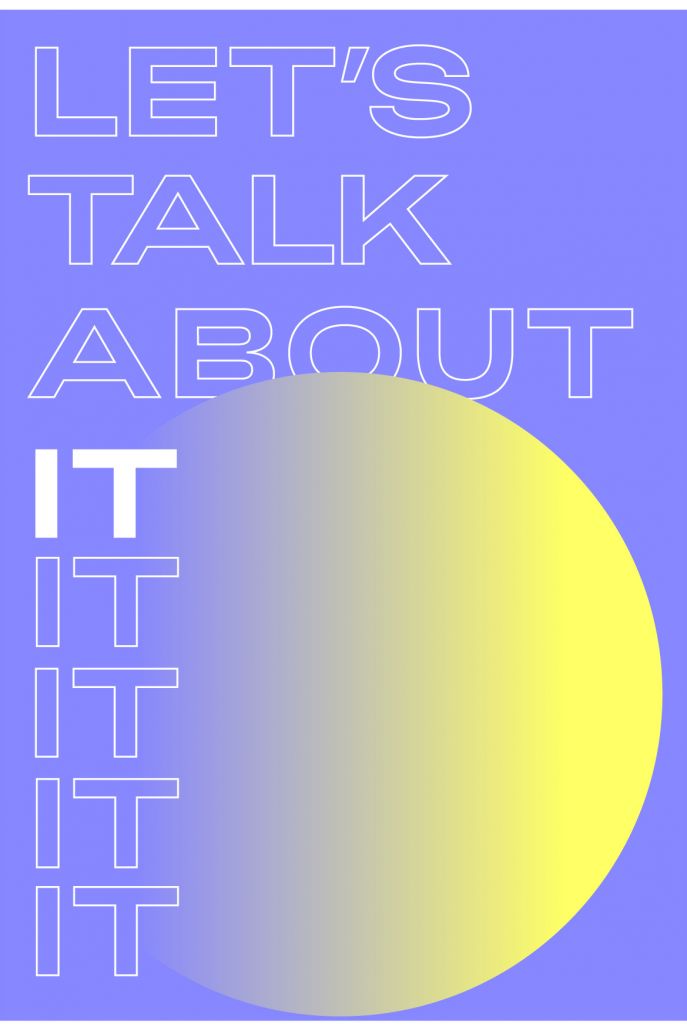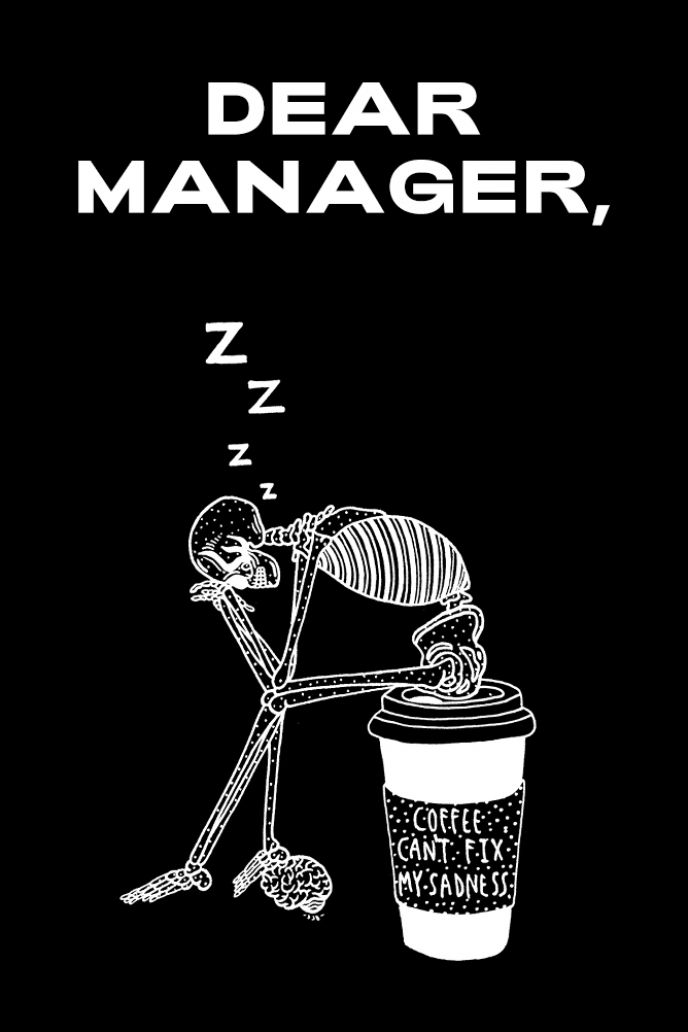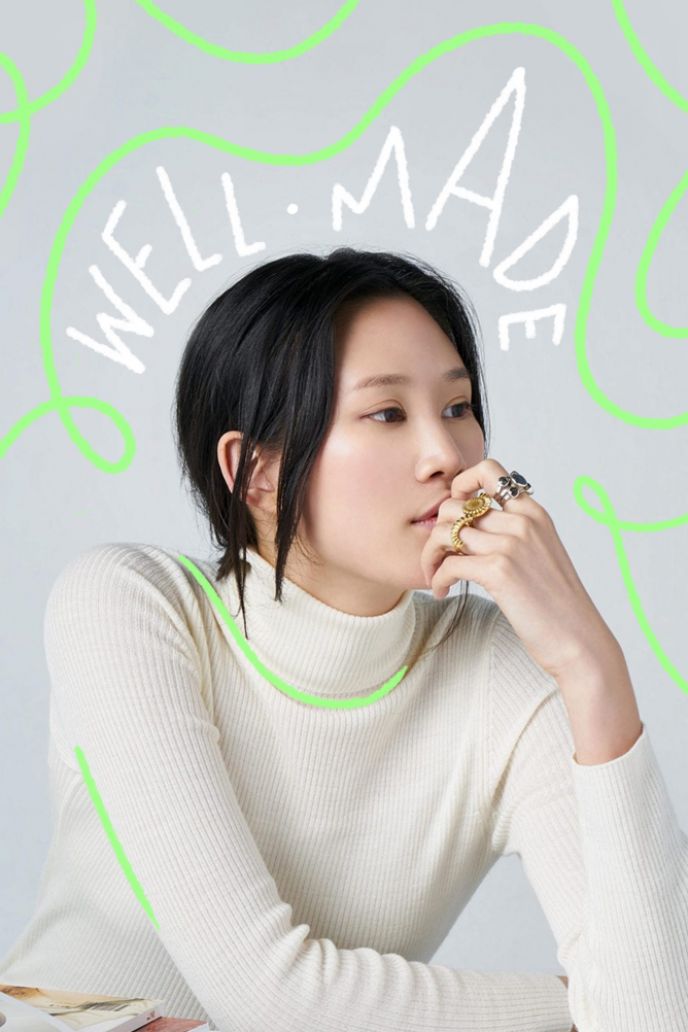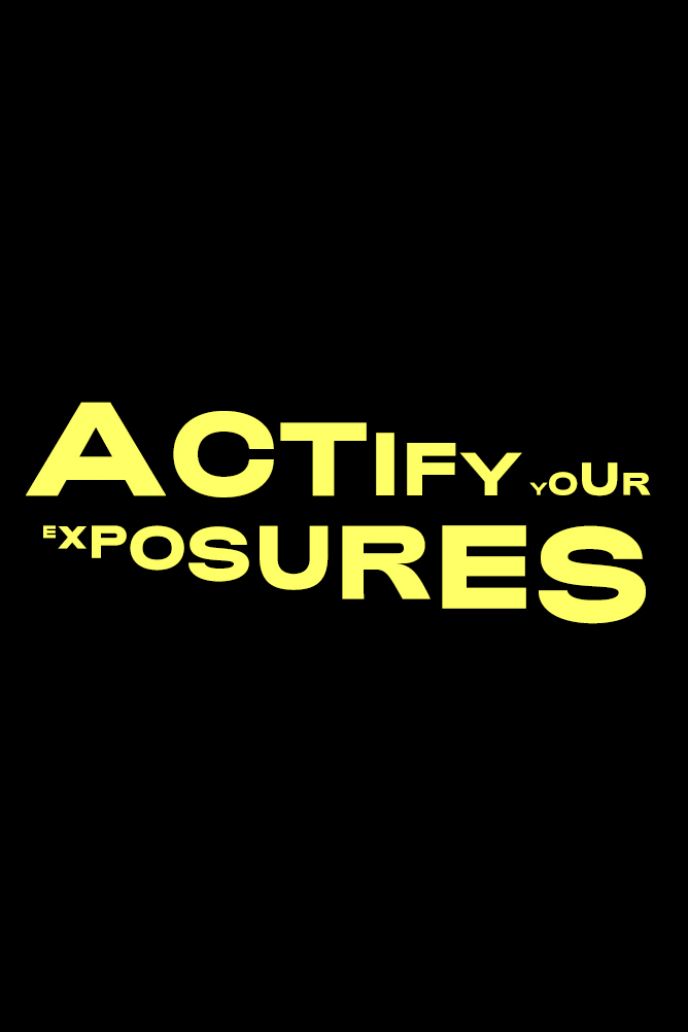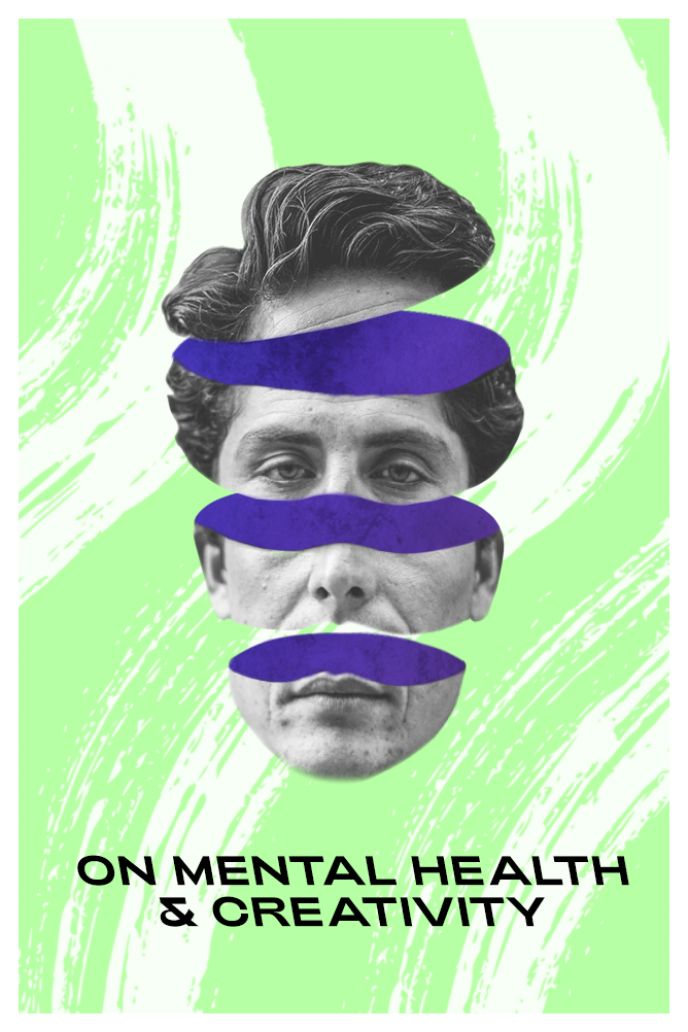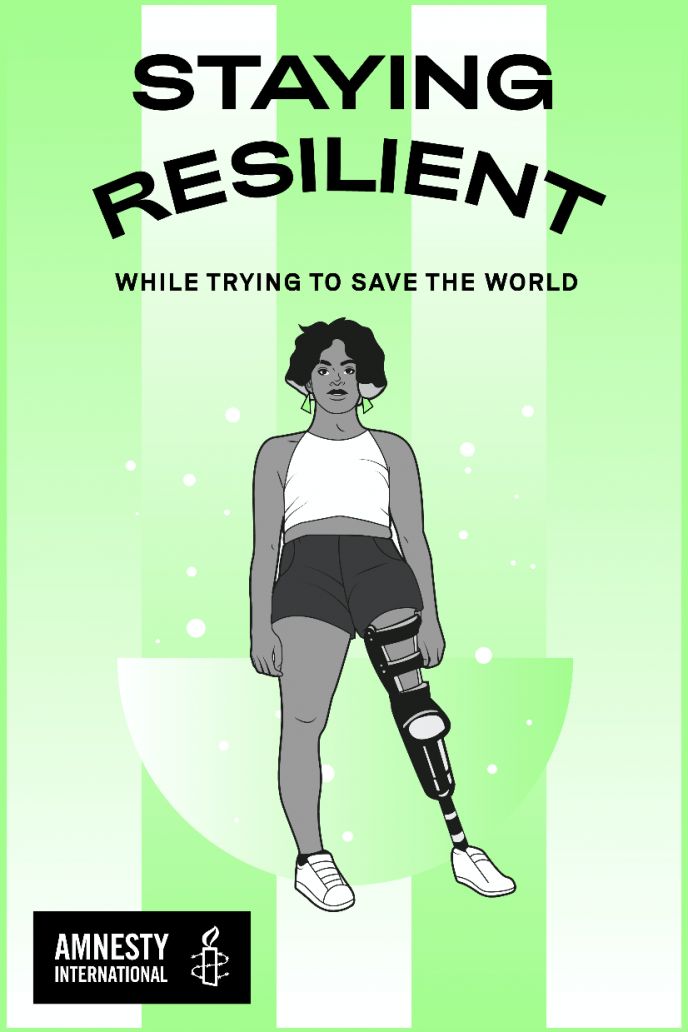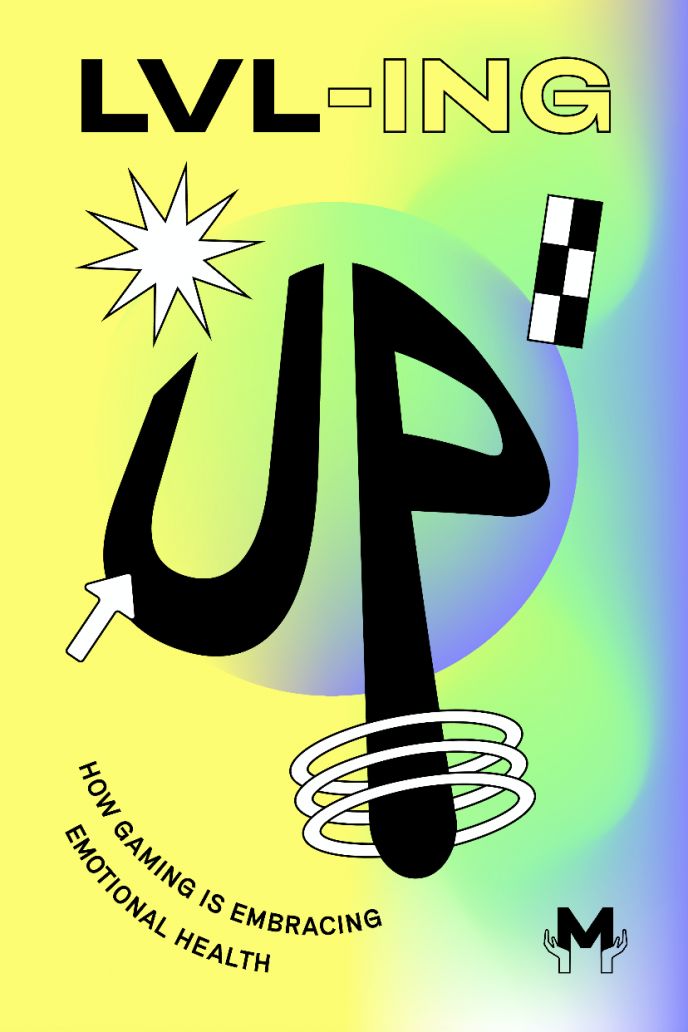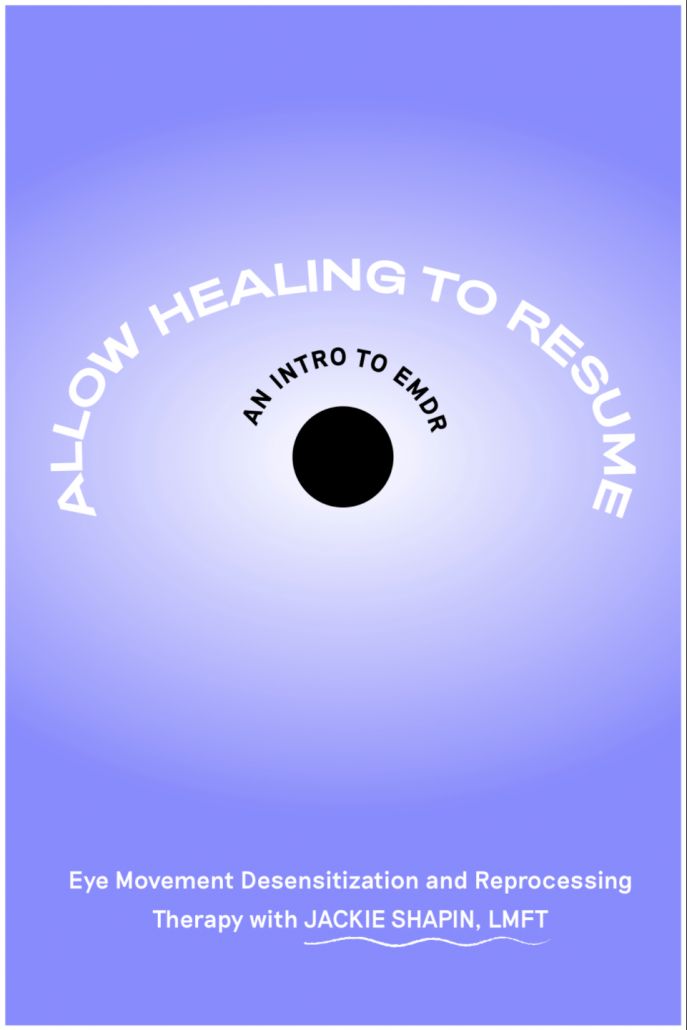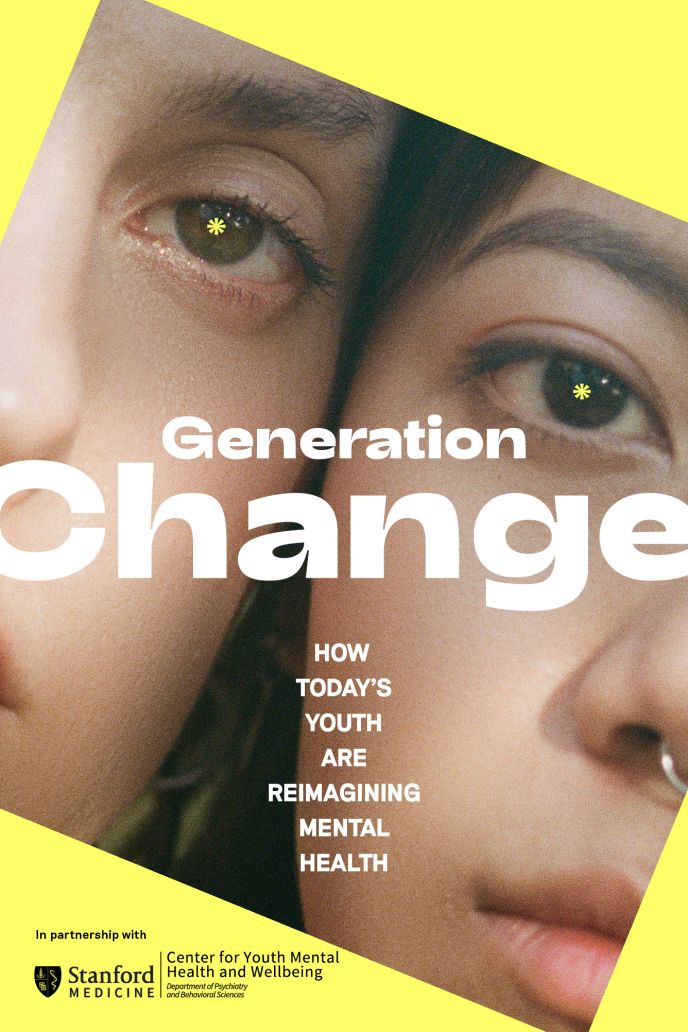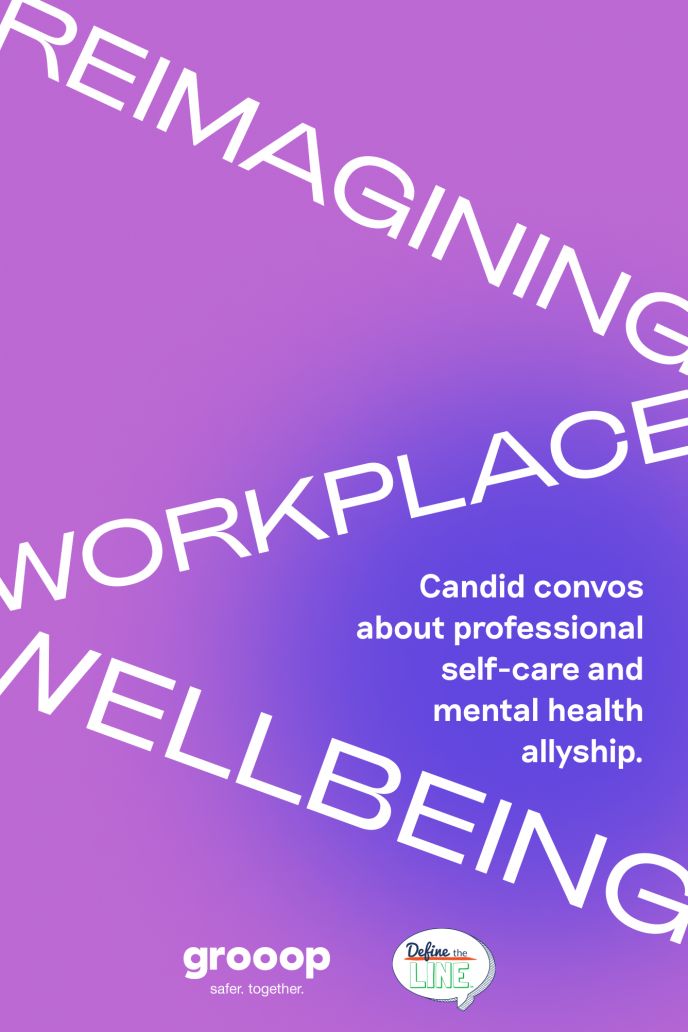Mental Health & The Tales We Tell Ourselves: Part 4
How market narratives commoditize our suffering.
Written by Conor Truax
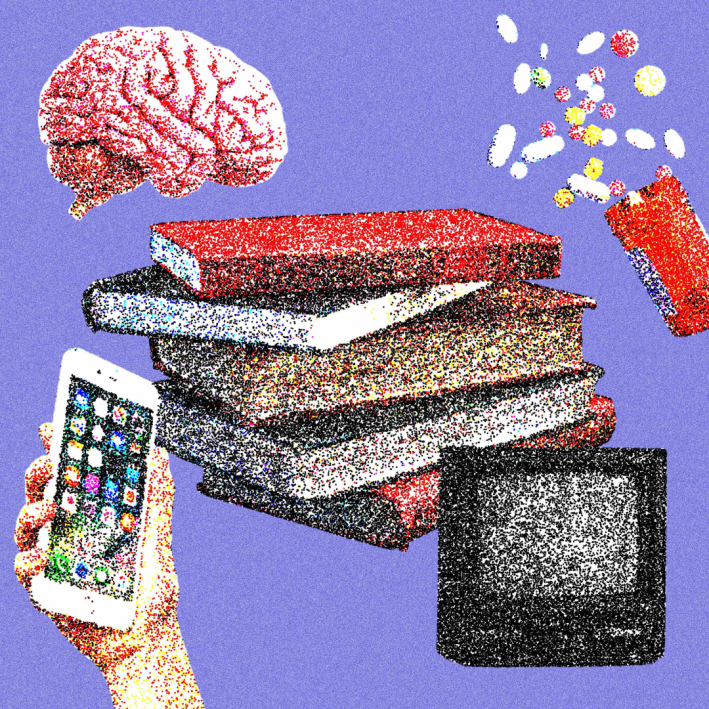
01 This is part four of a four part series exploring mental health, from the language we use to social media to the role of labels play on our identity.
02 Conor discusses the importance of not overly identifying with a mental health diagnosis.
03 While it’s easy for algorithms to target us, we have the power to regain our agency, and mostly importantly, recover.
When my psychologist first mentioned the term OCD, I was concerned about what that meant about me.
Friends of mine who have received diagnoses have spoken about their different reactions. A feeling of, “So that’s what I’ve been experiencing all along!?” But eventually, this high fades, and they’re back where they began. Only now, they’re equipped with a name, whether or not it provides any more hope for the future.
On the surface, my response is different from my friends or other sufferers, but really, they’re two sides of the same coin. We both made assumptions about what a diagnosis entails. Any implication of the words and their misused meanings did not represent a tool for identifying a problem, and a course of action to fix it. Rather, it served as a form of inextricable identity — an indictment of the self as “broken,” with little chance to be “fixed.”
In her book Strangers to Ourselves, Rachel Aviv writes about her pediatric anorexia at eight years old. Aviv describes how she “...never felt stuck in the particular story that others had created” for her. She describes “becoming bored” by her behaviors and opening herself up to treatment before moving on, largely attributing the success of her recovery to that fact that her difficulties came at an age before she had any real understanding of labels and identity. Alternately, Aviv’s hospital mate, Hava, developed bulimia in her late teens, and struggled with it until its complications killed her in her early forties.
During my few early experiences with symptoms of OCD in childhood and adolescence, I never defined myself by the OCD. This was because I didn’t even know it had a name — it just seemed like anxiety that came with life transition. Then, my mother and I referred to them as “flares.” These periods always passed, and rarely came. Ironically, I began to struggle most when OCD was first formally mentioned to me — not because the diagnosis of my symptoms was incorrect or because it didn’t ultimately help me from seeking adequate care — but because I immediately resisted it as part of my identity. In fact, nobody had told me it didn’t need to be an identity-forming part of my life at all.
By the time I finally sought treatment, I was experiencing moderate comorbid depression. But I was lucky: nobody told me I was a “depressed person.” Rather, I was experiencing symptoms of depression as a result of undiagnosed OCD. One week into seeing a therapist, my symptoms of depression were mild, and by the next week, they were no longer present at all.
I’m aware of the privileges I had in finding care that was both accessible and effective. In the United States, this is rarely the case. One in three counties don’t have a clinical psychologist, and dense urban areas often have so much demand that individuals of lower socioeconomic standing — who are two to three times more likely to experience mental health issues than higher-earning peers — are priced out of effective care.
Related Reading
The inaccessibility of healthcare in the United States, along with culture of self-optimization, has seen the rise of young people using platforms like Instagram and Tik Tok to better understand the complexity of their individual experience, and self-therapize.
“The medium is the message,” McLuhan said. Social media wasn’t designed for self-therapy. Rather, these platforms are tools for capturing attention and generating ad revenue. We know this is done by prioritizing emotional content, especially that which triggers anger and fear. This means that regardless of intent, the creators who tell stories of despair are the most rewarded.
Platforms that prioritize marketing power and encourage social identification have caused people to aestheticize mental illness, thereby commodifying mental health issues for social media companies and their advertisers.
Here’s an example: in 2021 we saw the rise of “manic femininity”, a term used to describe the vast number of young women online personally identifying themselves with hyper-specific labels. One girl might have been in her “Joan Didion/American Spirits/Coca-Cola/Mary-Jane” era, while another might have had a “Fleabag/Adderall/Baby Doll Dress/Lana Del Rey” vibe.
The objective of this self-identification is paradoxical: On one level, we use these labels as a means of forming community. But by excessively using and identifying with them, we cause atomic self-individualization. Additionally, lack of healthcare leads many people to search online for answers. The result? Algorithms pushing out relatable, misinformed content about mental health.
Foucault theorized that a longstanding problem with mental health treatment was the forced isolation of the suffering individual. Now, the problem appears to be the need for us to feel different from others in a hyperconnected world — wholly unique and cool, but isolated by our singularity. This is the paradoxical “hyperconnected loneliness” we often see on social media. And the kicker? Our loneliness is data-packaged as an advertising type to be sold to advertisers.
Let’s make this conversation a bit more tangible. Take a teenage girl who self-diagnoses as having borderline personality disorder (BPD) by TikTok. “Maybe I have this?” she thinks, after seeing a vaguely relatable video. “I have some of these symptoms. I can feel empty, numb and insecure.” She likes the video. Soon, her whole feed is videos reiterating the symptoms of BPD in a way that affirms her perception — because those are the videos she’s liked, and so those are the videos she’s shown.
She will mention being a “BPD/Edie Sedgwick/Diet Sprite/500 Days of Summer Queen” in her videos about her self-diagnosed condition. Soon, her followers and the TikTok advertising department will begin identifying her as “being BPD”, too.
Rather than being a whole person who could potentially be experiencing BPD (this is still uncertain), she slowly morphs into the trappings of her limited understanding of what it means for someone to “be BPD”. Which, without intervention, could turn into a positive feedback loop reverberating throughout her life.
Related Conditions
The risk of trends like “manic femininity” and other mental health discourse on social media is that the underlying message is one focused on perpetuating suffering or superficial self-optimization, rather than recovery.
It’s easy for me to pick apart the shortcomings of cultural media, but it goes without saying that correcting all false depictions of mental health is impossible, especially when there’s so much financial interest in not correcting them. I also can’t expect every clinician to represent a condition without bias or misinformation.
Yet, a meaningful possibility remains: what is so powerful about stories is that we get to choose the impact they have on our lives.
Take this article for example: a story I’ve chosen to represent has come to take shape in your mind. Now, you have the option to move on with your life — swipe to the next article or doomscroll Twitter — and try, consciously or not, to forget everything I’ve said. But still, by engaging with my words, something inside you has changed. And that means that your words can also change the mind of someone else, and someone else after that, and someone else after that, in a lineage of broken telephone reverberating hope and care.
For me, the key to managing the symptoms I experienced was focusing on sustainable habits rather than absolute cures, and disengaging from black and white thinking. The stories I was most drawn to were stories of recovered addicts and sufferers of OCD, or people who had experienced immense traumas and triumphed. These are people who had treated themselves and others with curiosity, compassion, and dignity, and lived in service to something other than themselves.
However, I didn’t fixate on their ends, or what we perceive to be “triumph” in the classical sense of film, TV, and books. This is real life. There is no perfect resolution — only waxing and waning action until the end. The real triumph is overcoming difficulties day-to-day, and turning obstacles from debilitating to manageable.
My story is still being written. Some things still arise, but they always fade. It’s time for you to create new stories, signs, and symbols that point to our collective story of suffering and recovery. It wasn’t until I stopped fixating on my mental health, and whether stories were “happy” or “tragic,” that I felt empowered to write my own narrative of agency, recovery, and thriving. It’s a story that’s continually being written and rewritten, in memory and in experience, and will be for as long as I’m permitted until the story ends.
No matter what you deal with — where your story has led you and where it will lead — my hope is that you go off now, feeling empowered to write your own stories, too.
<>
This is part four of a four part essay.
Click here for Part One
Click here for Part Two
Click here for Part Three
You can find Conor here.
Support our work
We’re on a mission to change how the world perceives mental health.
